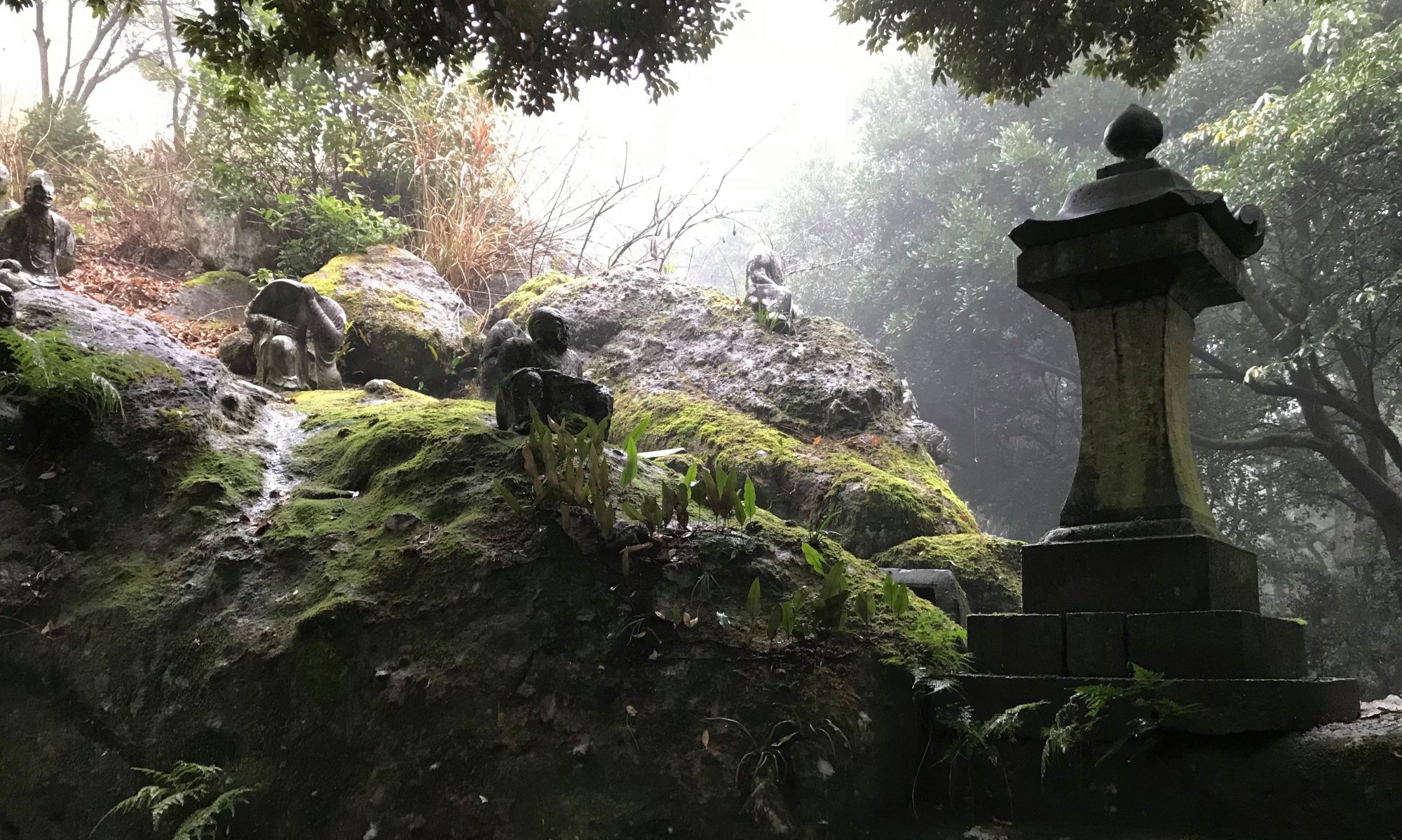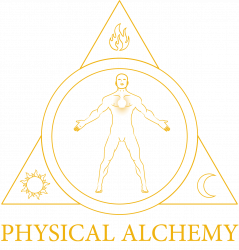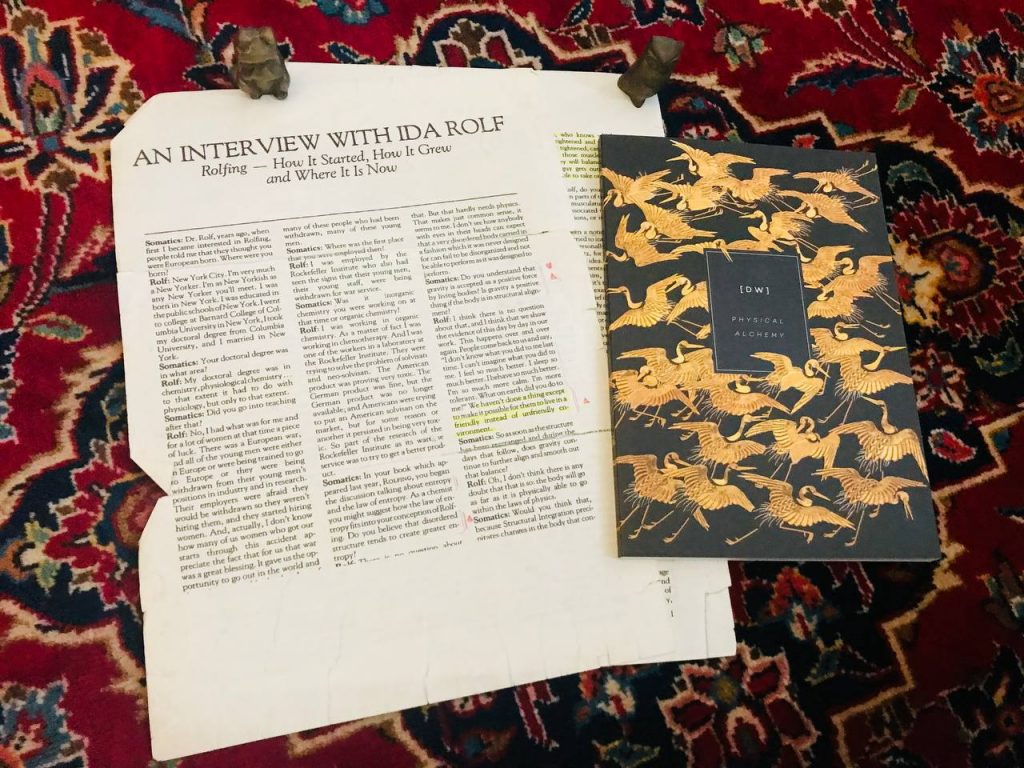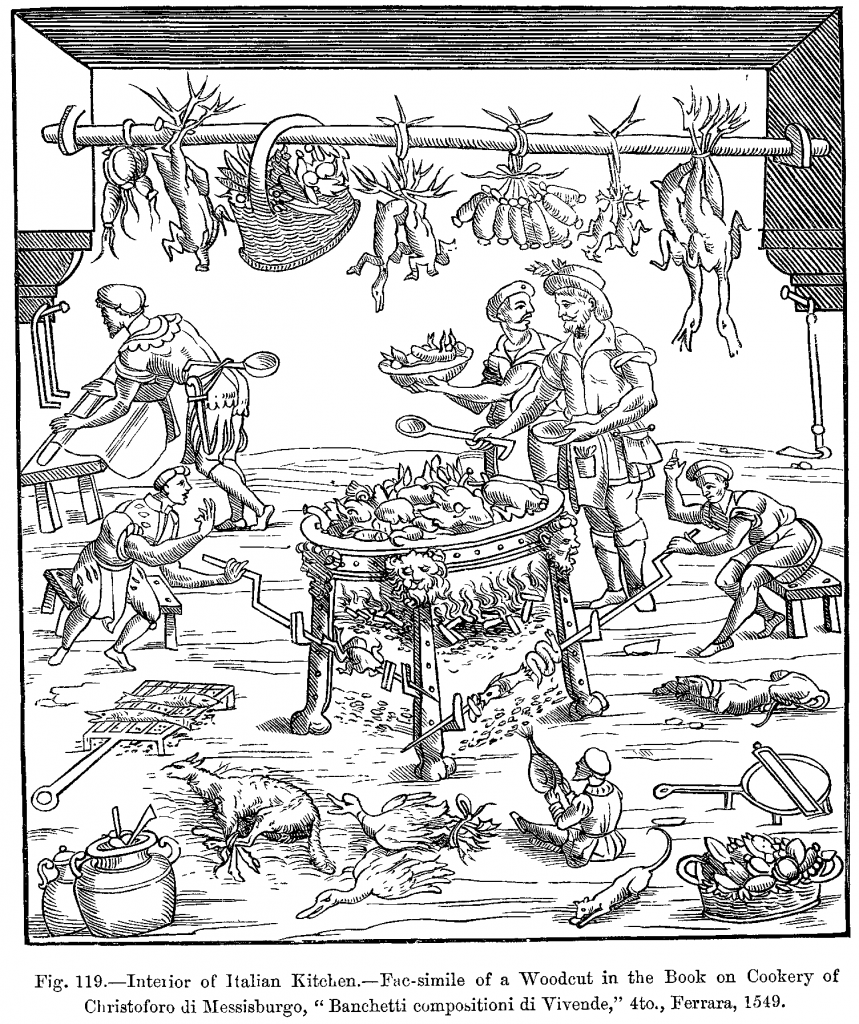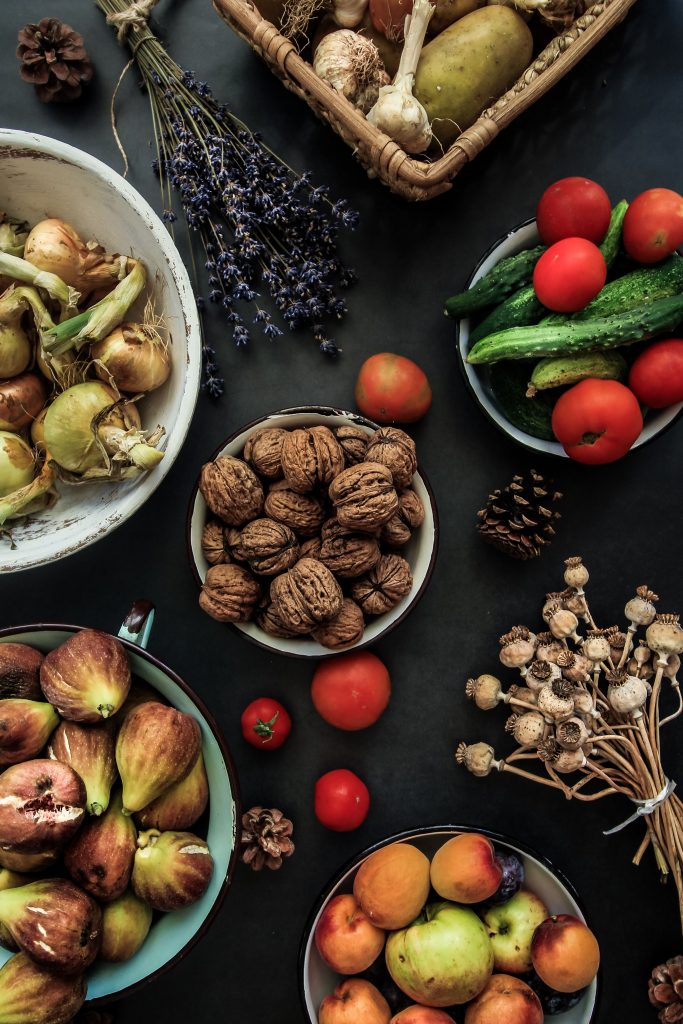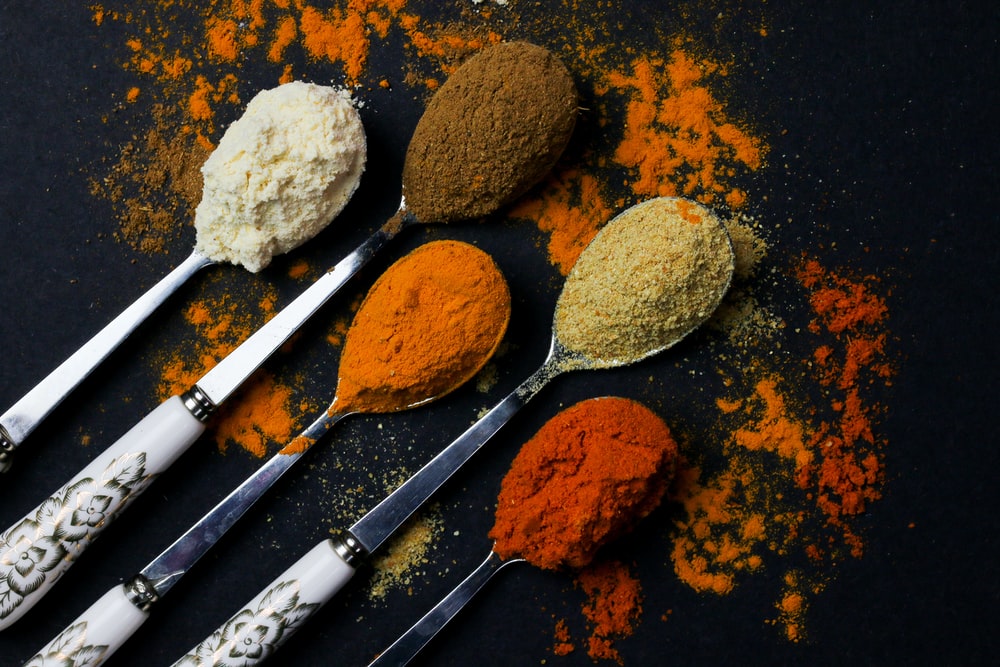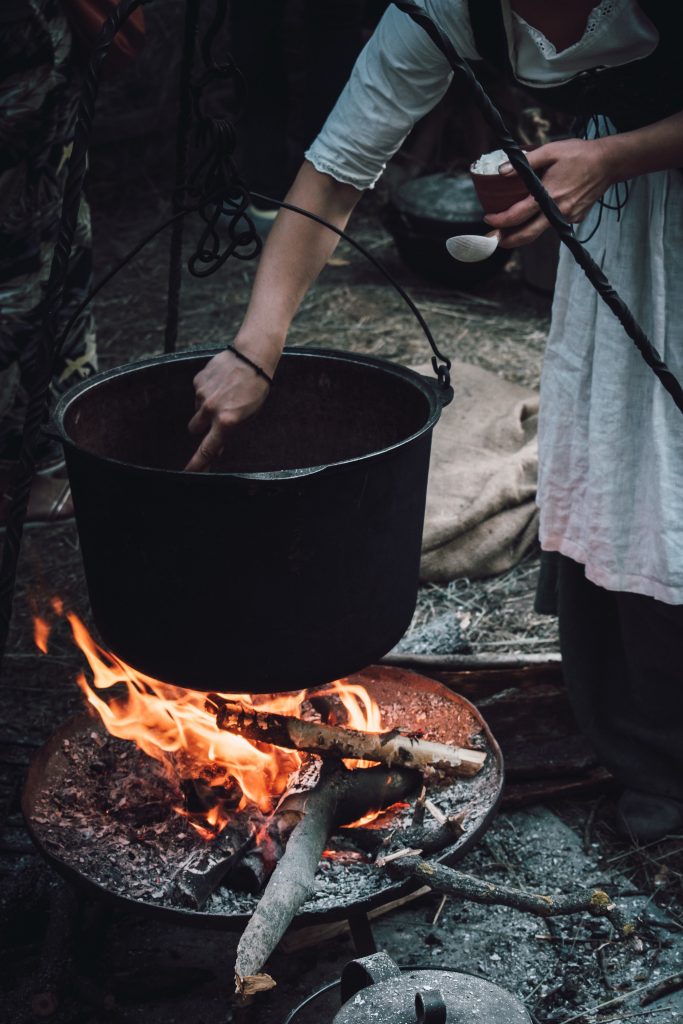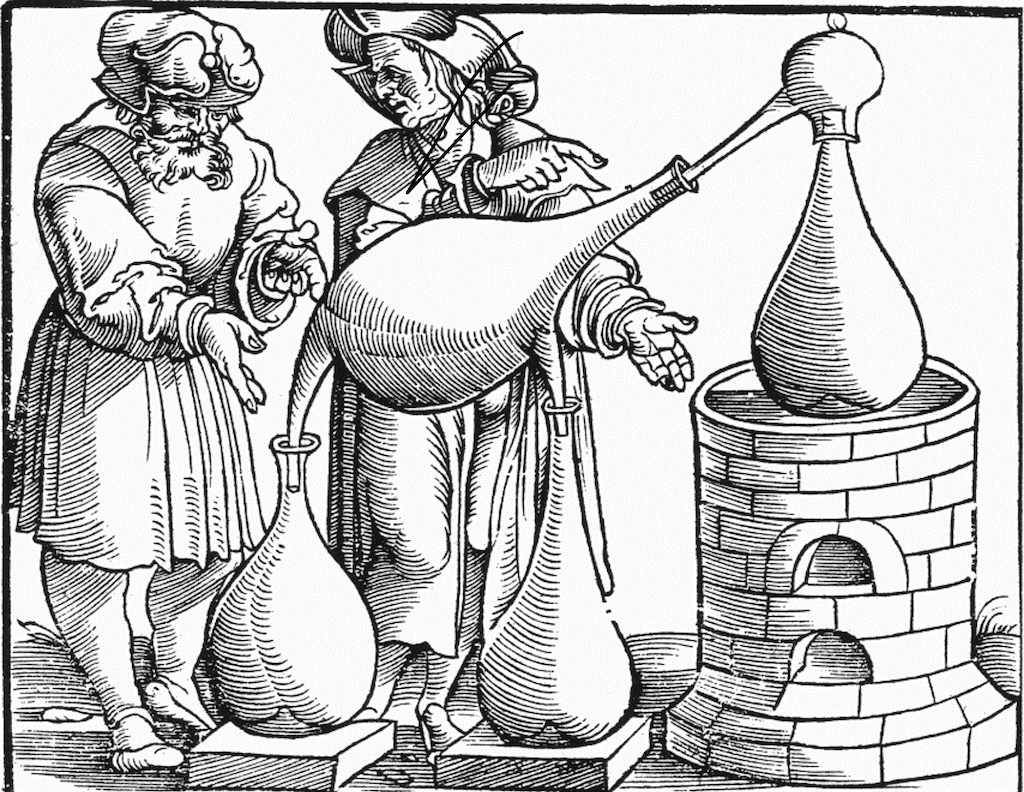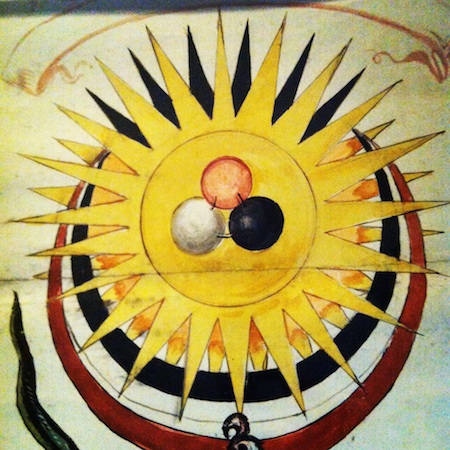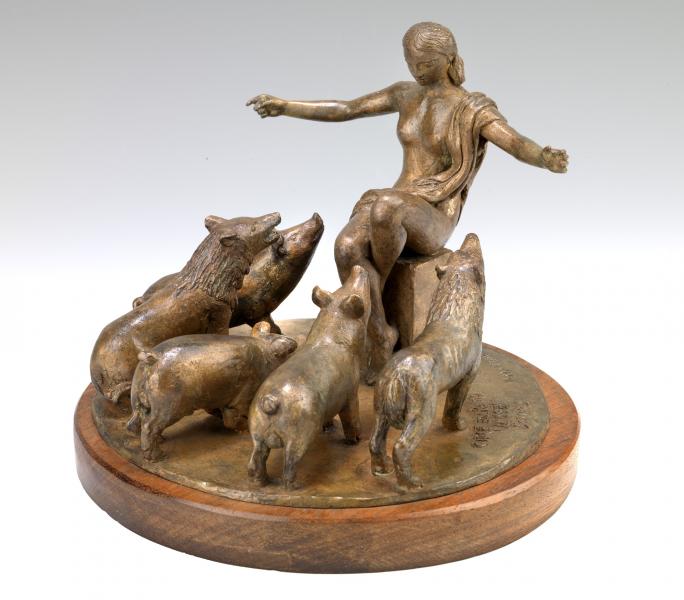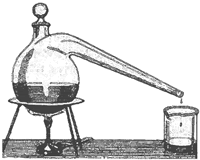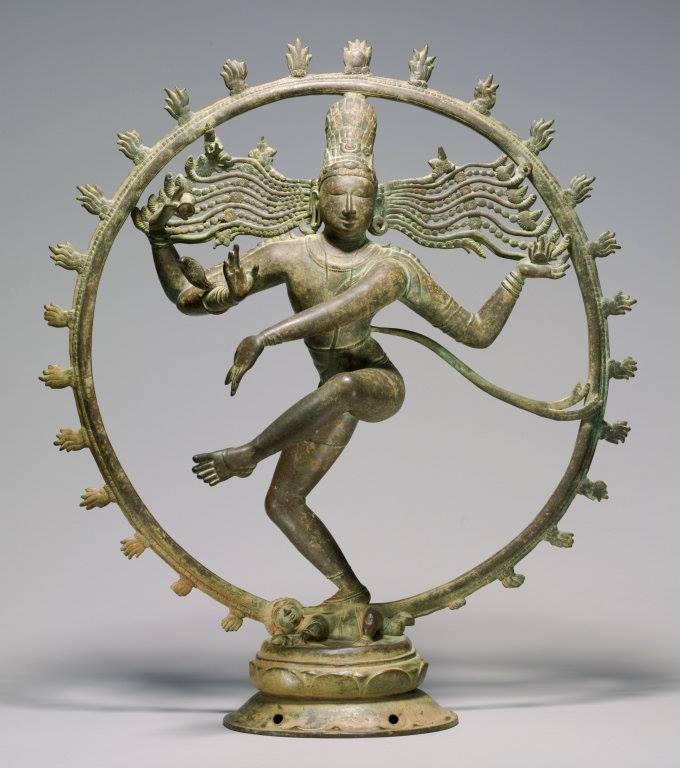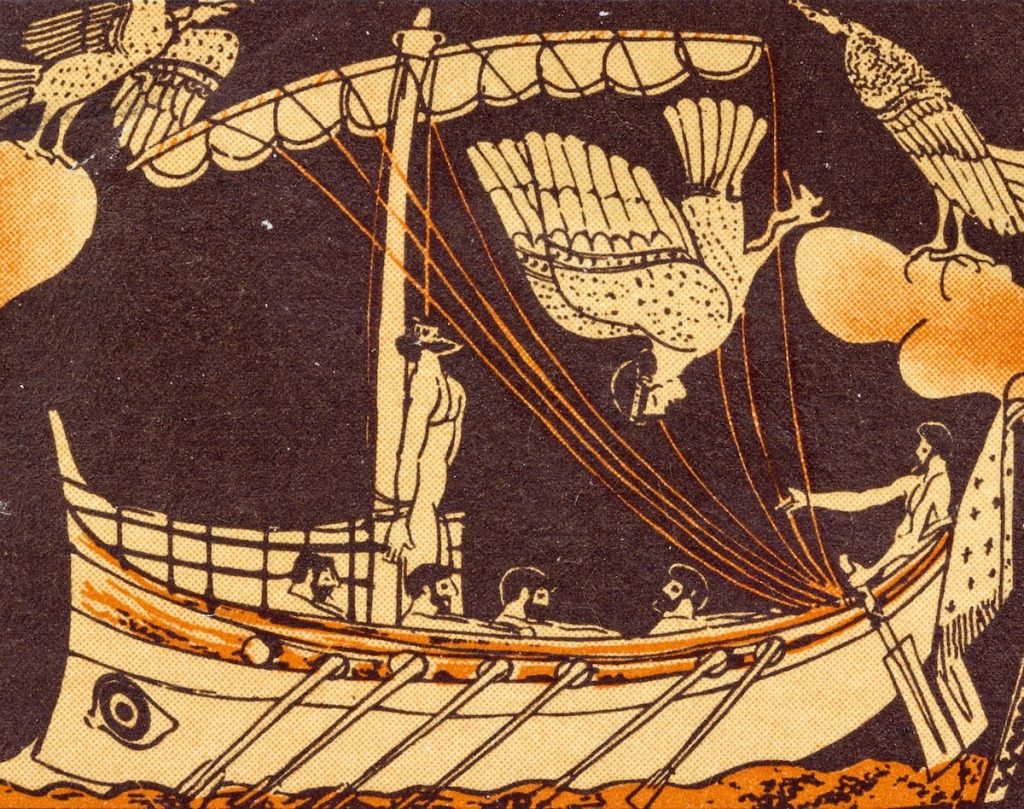
[*] terrestrial nostos
After terrestrial nostos [νόστος]* I find myself once again residing in my hometown of Canberra. The last quarter of 2021 seemed at times to contain diamond-forming pressure, but was also punctuated with some really nice human experiences with strangers – also under pressure – maintaining their humanity; everybody helping each other out.
As with many who teach physical based methods the last two years have dampened the in-person expression of our crafts somewhat. As I continue the Augean labour of unboxing, I am dusting off a lot of equipment that I have had in storage due to a decade of apartment living. Now in a house once more I am enjoying opening and playing around with stuff I had forgot I even had!
I have also decided I like the word ‘reenchantment’ too much to let it fall by the wayside; for it to be corrupted by misuse in the public forum. Thusly I shall convincingly and mercurially reclaim its use for my craft.
For ‘reenchantment’, just like ‘myth’ and ‘alchemy’ produce a scattering related to the parallax of perceptual effects correlated to the strain of disenchantment present in the organism. In an odd way you can use the many disenchanted uses of the word ‘reenchantment’ to show reenchantment, via negativa.
Digital teaching of my craft is proceeding most excellently, though the need to reestablish a physical alchemy laboratory [location and classes] is growing. So the quest of when and where to situate classes is something fun to do this year.
Leafing through my old journals as I boxed them up, there is *a lot* of material I am very much looking forward to playing around with again.
It is physical alchemy, afterall..
..and it has been too long since I have been able to teach it in its fullest expression.
Time and place, once again.
For there have been many inauspicious occurrences in the last quarter [and two years preceding it]. But besides the occasional sly suspicious squint, I am not going to focus on these. There is work to do. And that is where I will direct my energies, for you see:
I’ve misplaced
my adolescent nihilism
I know not where
sensible agnosticism
gone.
Sitting on the my garden bench
facing East
under the Firmament
billiard ballin’
spectacles
shattered
on the earth.
Stargazing in awe
chalk me up
as one
on team
friendly Cosmos.
A lot can be done if one persists, auspiciously.
Take the Physical Alchemy Facebook group for instance.
Started long ago,
because I hath strong habits against speaking and expressing anything in the public forum
and realized I would never get anywhere if I did not begin defying them.
Now at ~1600; it contains well over 90% of the most interesting human beings I have had the pleasure of meeting in my life[!]; creators and practitioners from the major physical work spheres operational on planet Earth in this Age – and a large number of people who have within themselves seeds that would be an exceptional boon to the world if they too, persisted auspiciously.
Great to have you all there [though I wish we could play in the metametaverse – i.e reenchanted physical reality away from devices].
***
One of the difficulties I have in posting physical exercises [which I do little of, as you can see] is that I practice from an unknown paradigm.
To say: ‘I practice physical methods within a reenchantment paradigm’ or ‘I am a reenchanter whose medium is the physical body’ are both accurate statements [if one can distinguish between ‘reenchantment’ and reenchantment].
For ‘reenchantment’ – as with ‘the meaning crisis’ – are symptoms of trying to cure the disenchantment from within the disenchantment [which cannot be done].
The disenchantment is … extensive [to say the least].
It is evolves.
It mutates.
Modernism, post-modernism [and anti post-modernism] and metamodernism – for example – are all the same strain of disenchantment; mutating and competing with each other in a memetic [and sub-memetic] ecosystem.
There is talk of ‘paradigm shifts’** but these usually localizes around transitions such as biomedical –> biopsychosocial. But this, when view from the reenchantment paradigm is but a shift within strain [a mutation].
Not something I would consider a paradigm shift such as the differences between the medieval and modern eras.
Etymologically ‘paradigm’ comes from the Greek – paradeiknunai
– meaning ‘to show side-by-side’. And something my students have known for a long while now, that I have only eluded to publicly, is that if you want to study what Physical Alchemy is you have to watch when my posts occur in relation to posts in all the other physical work spheres.
You have to view them side by side.
Many of the adjacent groups to this craft I practice are actually far, far better places for observing aspects of what I teach than the group I run, if you understand what I mean by side by side.
It does make teaching the practical, physical aspects of my craft somewhat difficult in the virtual space. What makes sound sense in the biopsychosocial model is many times contraindicated in the reenchantment paradigm – but for reasons that are difficult to describe unless one is already practicing within this paradigm and has the perceptions involved therein.
Difficult but not impossible, so I will keep trying.
Much later this year, and forming a triangle with restarting classes and finishing one of my tomes, is the idea of beginning an online ‘Round Table’*** podcast/video interview sort of thing.
Basically the idea is situated between the monotony of just one person talking and the clusterfuck of allowing anyone to talk about whatever they want [regardless of if they know or understand anything about it] I feel there exists a place where I can potentially select some of the people I know who are doing great work in specific realms and talk to them in a way that is ..different.
Let us see what strange things happen.
[D]
* ‘nostos’ is a Greek term connected to the Odyssey that means ‘homecoming’/’returning home via sea after long adventures’ but that carries with it an idea of spiritual homecoming.. perhaps even coming back to the beginning on a different level that when one left.
** I have been refraining from using the word ‘paradigm’ these last few years, as it has become highly disenchanted and a ‘tell’. Particularly if the person starts discoursing on ‘paradigm shifts in the Kuhnian sense’. Too vehement a proselytizing of biopsychosocial is ..’evidentiary’
*** See, now because I reside in the galatic central point of acronyms [Canberra] I can call it P.A.R.T – ‘Physical Alchemy Round Table’. It totally makes sense, bro.
